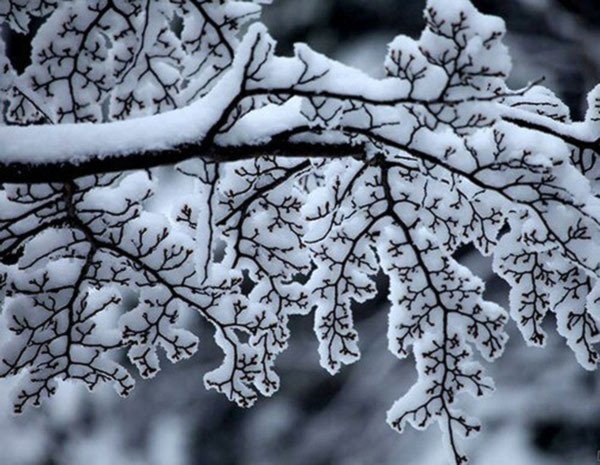Gardening by Brian Minter
After all the November non-stop rain, courtesy of La Nina, we are now experiencing more normal winter weather. This current Arctic outflow means there’s a real possibility of more challenging weather ahead. The good news is we can take some steps to minimize the affects on our plants.
The first suggestion I would like to make pertains to hardiness. Most of us know which hardiness zone we live in and should therefore be planting only those plants that will tolerate our zone.
Certainly slight variations will exist, but as a rule of thumb, most of the plants zoned for your region will take the worst most winters have to offer.
If you don't know your zone, you can easily find out from a local nursery. Greater Vancouver is generally rated zone 7 and as you move east through the Valley, zone 6 is the norm.
From experience, however, I know that no gardener worth her or his salt pays much attention to zones. Virtually all gardeners set out plants they know are not hardy in their region, but they insist that with a little extra protection these plants will survive. Unfortunately, that protection is not always applied until it's too late.
There are, however, some techniques that can add a few degrees of hardiness to many plants. One thing I noticed after an early November cold spell a few years ago was that plants growing in very well-drained sandy soil survived the cold with the least amount of damage.
It seems that if a plant's roots have had to work harder for moisture and food, the plant is tougher and stops growing earlier in the fall. As a consequence, its branches and buds become dormant earlier, preventing severe damage from the cold.
These plants also tend to stay dormant longer and suffer far less root damage because, with a lower moisture content, the soil is not moved about so much by the frost.
Planting all your plants, particularly the softer ones, in well-drained soils is a sure way to toughen them up.
A further protection for more tender plants is a good mulching with fine fir or hemlock bark mulch. Mulching makes an incredible difference both in summer and winter. It not only protects from the cold but it also helps retain critical moisture necessary at both times of the year. It can also be worked into your soils in spring.
Immediately after a cold spell, when the temperature is on the rise and the frost is coming out of the ground, it's essential to get moisture back into our plants, especially for those planted under eaves.
Soak the living daylights out of the foliage of broad-leafed plants and thoroughly penetrate the root system with water. A good watering can really make quite a difference, saving buds on camellias and rhododendrons, as well as keeping the foliage looking good.
Desiccation from cold, drying winter winds is another major problem. As if the severe wind on our more tender broad-leafed plants, like aucubas, photinias, rhododendrons and azaleas, is not bad enough, winter sunshine can burn their foliage.
Not only is it important to create wind breaks around our softer plants, it's also essential to keep winter sunshine off them in severe cold. We always winter our rhododendrons in a lath house that both shades them and acts as a windbreak.
One of the important things to do, particularly where plants are exposed to cold outflow winds, is to create a tripod of strong stakes and wrap the plants with the new insulating cloth, “N-Sulate,” which can make a difference of eight to 10 degrees Celsius.
If we experience heavy wet snow, particularly on hedging cedars and broad-leafed plants that tend to hold snow, please remove it by going under the branches with a broom and gently shaking off as much as you can to reduce the weight. On the other hand, snow can be a great insulator, so for most plants it protects and insulates.
It is also important to check bulbs and roots stored in garages and sheds to make sure they are insulated from severe cold and freezing. Small greenhouses are wonderful for starting new plants and keeping over old ones, but plastic and glass are very susceptible to cold.
Greenhouses need to be not only heated but also insulated with bubble poly on the inside to help alleviate the severity of the cold. Wet heavy snow can break and bend many weaker plants, so staking them and wrapping them tightly with twine for extra support will make a huge difference.
